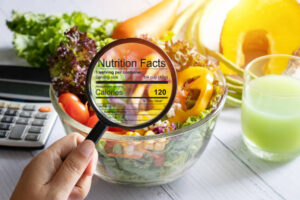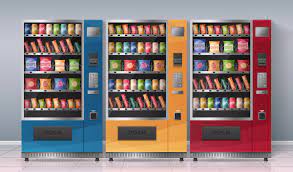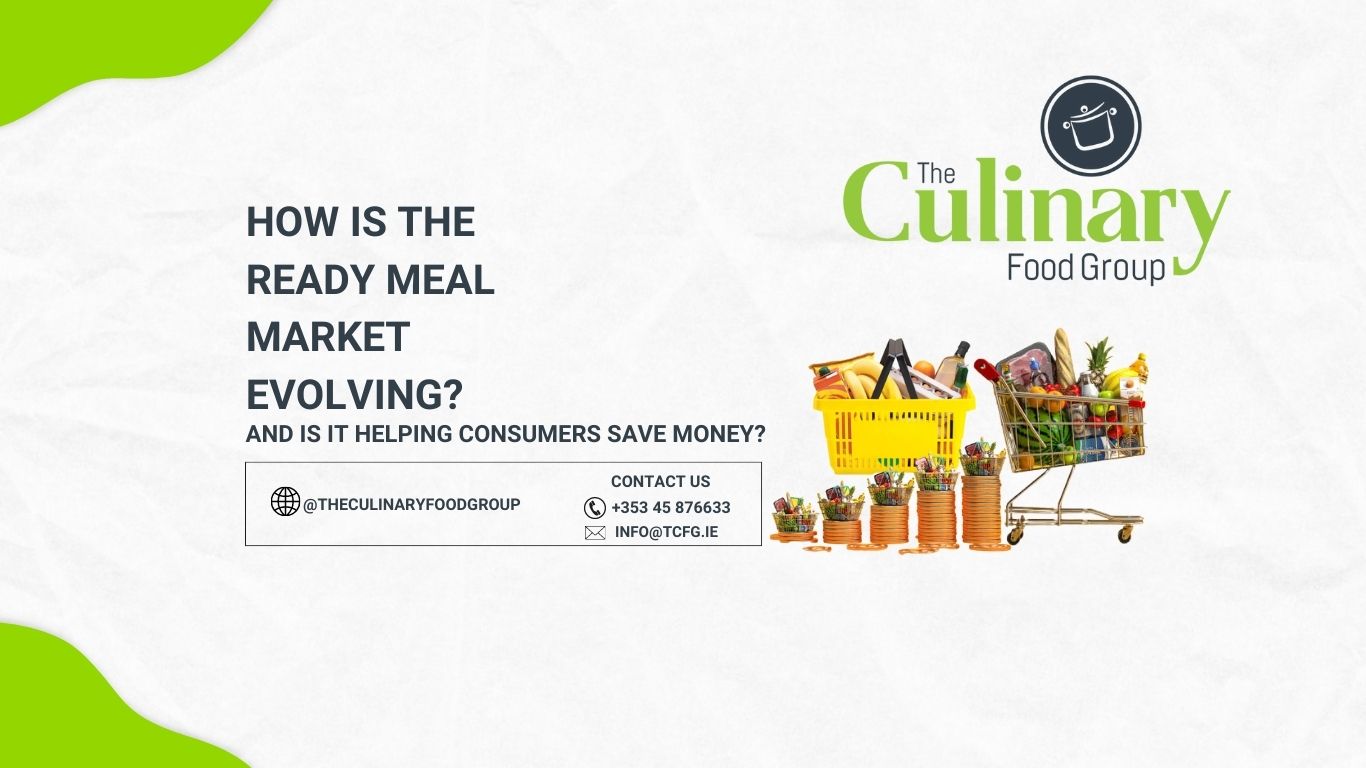Ready Meals are growing like never before, and here is an insight into what consumer’s consider when they buy them.
As cost-conscious consumer’s rein in spending on eating out in response to inflation, sales will become hard-earned.
Foodservice must enhance its range of premium options to demonstrate added value and justify the extra cost of better dishes in restaurants rather than eating at home.
From a sustainable meal solution to a homecooked fake-away, today’s ready meal market serves what today’s shopper wants, and that’s a taste of indulgence but on a budget. Consumer’s consider many factors when choosing what they want to eat.
As a result of Covid19, the ready-meal food market has significantly increased, with more options now than ever.
Ready meals used to be considered unhealthy or not very flavoursome, but not anymore!
Retailers are listening to what their consumer’s want: a meal solution that removes the burden of having to prep a meal while saving money. What do consumer’s consider when buying a ready meal? From all our research, we can see a pattern when buying a ready meal and here is a list of what we have seen.
Cost-Of-Cooking
We may only be at the advent of the cost-of-living crisis, but it already impacts home cooking and food service. Consumer’s rely on retailer initiatives, influencer recipes, techniques for cutting food waste and providing affordable menus. They want all of this to be considered before they spend their hard-earned cash.

Precious Energy
Consumer’s are also conscious of their precious energy. We’ve become acutely aware that we can no longer afford to misuse the world’s precious resources. The current geopolitical situation, resulting in sharp energy price rises, has further highlighted energy vulnerability, meaning consumer’s want tasty, quick, and easy meals. 68% of UK category users find sauces which help to replicate restaurant dishes at home to be appealing, according to Mintel.

Clean Labels
Consumer’s want shorter ingredient lists on products. Shorter ingredient lists are a crucial motivator of choice. Our passion for food, which is natural, is evident in our decision-making process. Food low in salt, sugar and fat is also crucial in our decision-making process, with consumers buying patterns being very health focused.
28% of consumer’s said, “I prefer to choose food and drink products with shorter ingredient lists.” and 26% said, “I will purchase organic food whenever possible.” according to Bord Bia Dietary Lifestyles report.

Vegan/Flexitarian Diet
Veganuary this year reached a record-breaking number, reaching more people than ever.
At least 1,610 new vegan products and menu options were launched globally during January 2023 – the most significant number yet.
Flexitarianism also continues to grow. “As 91% of people eat red meat or poultry. However, the trend of Flexitarianism (eating less meat) continues. 40% of meat eaters reduced/limited the amount of red meat or poultry they consumed in the six months to November 2022, up four percentage points since we started tracking this measure in October 2020.” according to Mintel.

Travelling With Taste
Consumer’s want restaurant quality food at an affordable price, and they want to be able to travel through their taste.
They want a ready meal full of flavour, using flavours from around the world.
As food-loving consumer’s seek to keep up to date with the latest food trends, operators will be tasked with tempting trials of new flavours through customer education, i.e., providing information about different recipes and flavours from around the world but keeping within that budget.
According to Mintel, “32% of 16-34-year-olds would consider ordering from cheaper restaurants/takeaways to save money. They are also most likely to trade down during the cost-of-living crisis, ” proving there is a market to step up your game in the meal solution market.

Our Environment
The environment is a significant consideration for consumer’s choosing one ready meal over another. How it is produced, sourced, and packaging plays a key factor.
In Ireland alone, 65% are making more of an effort to be more aware of the environment around them, & 27% are willing to pay more for sustainably produced food.
59% of Irish consumer’s are making more of an effort to reduce the amount of plastic they buy, with adults in Ireland more likely to be doing so & 57% are making more of an effort to reduce their carbon footprint/care for the environment more as well as 57% of UK adults making the same commitments.
65% of the UK are making more of an effort to be more aware of the environment around them. Adults are more likely to make this effort & consumer’s are willing to pay more for sustainably produced food. However, according to a lifestyle report, adults in the UK are less inclined to do so. 20% of Irish consumer’s have said, “I have reduced the amount of food I purchase which is not produced locally.” according to Bord Bia dietary lifestyle report.

Ready meals/meal solutions are taking over. This is evident with all the new product launches, for example:
“Cook is launching vending machines for its frozen ready meals.
The frozen food specialist has developed the machines in partnership with intelligent vending operator “Mother”. Cook said it wanted to help workers and residents gain access to accessible healthy home-cooked meals whenever they needed to. The launch of our vending machines comes at an important time for the food and beverage industry, which in recent years has struggled to provide employees and residents with regular healthy meals due to an unprecedented and unpredictable shift in working patterns due to the rise in remote/flexible working. Each machine can offer 15 options and stock up to 140 meals.” Chief sales officer Chris Portwood said to the Grocer last week.

Understanding consumer’s needs can lead to interesting, exciting, and unique launches that can celebrate new flavours while considering what consumers want: health, indulgence, a broad range of sensory qualities and even their sustainability credentials.

